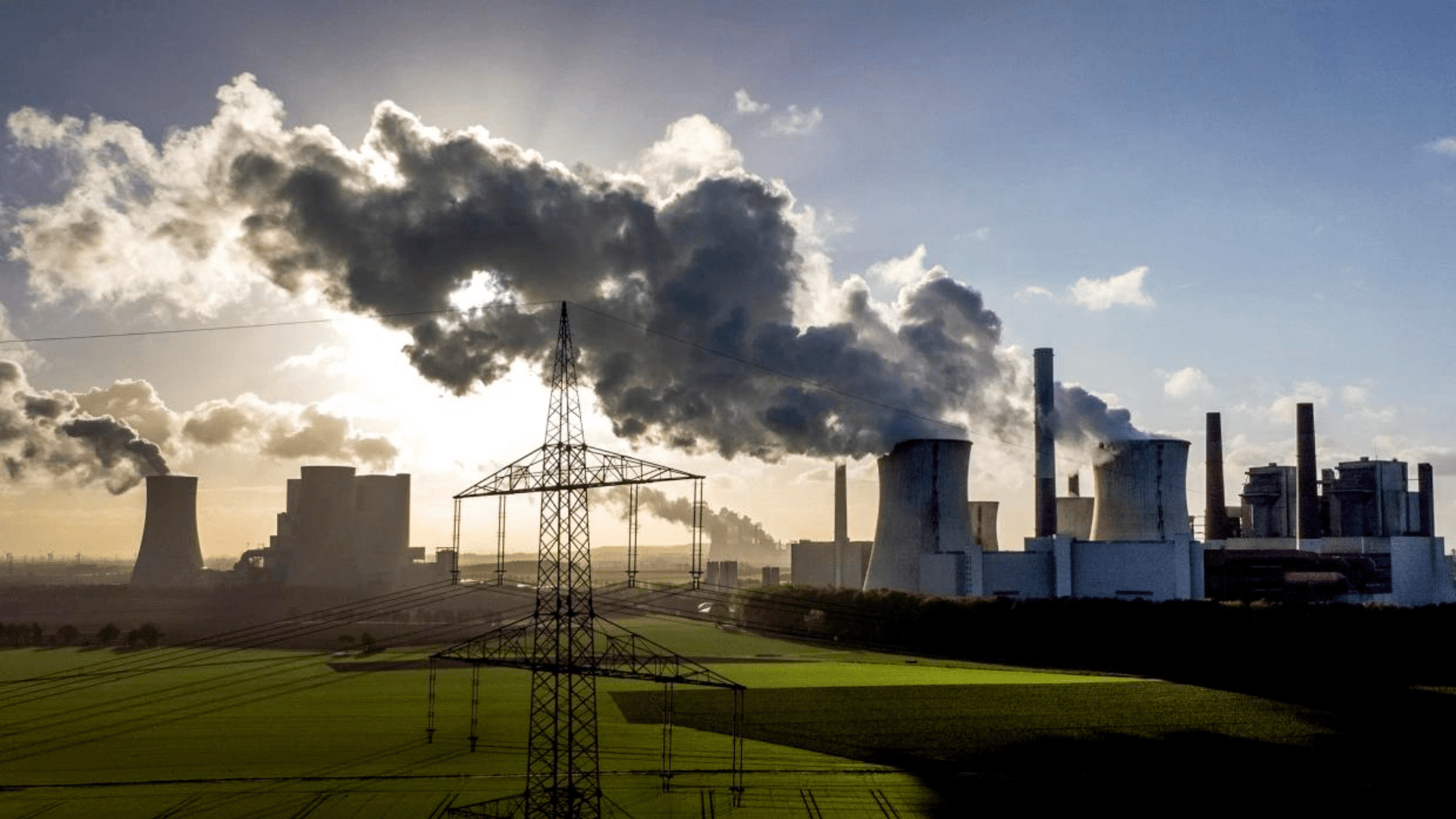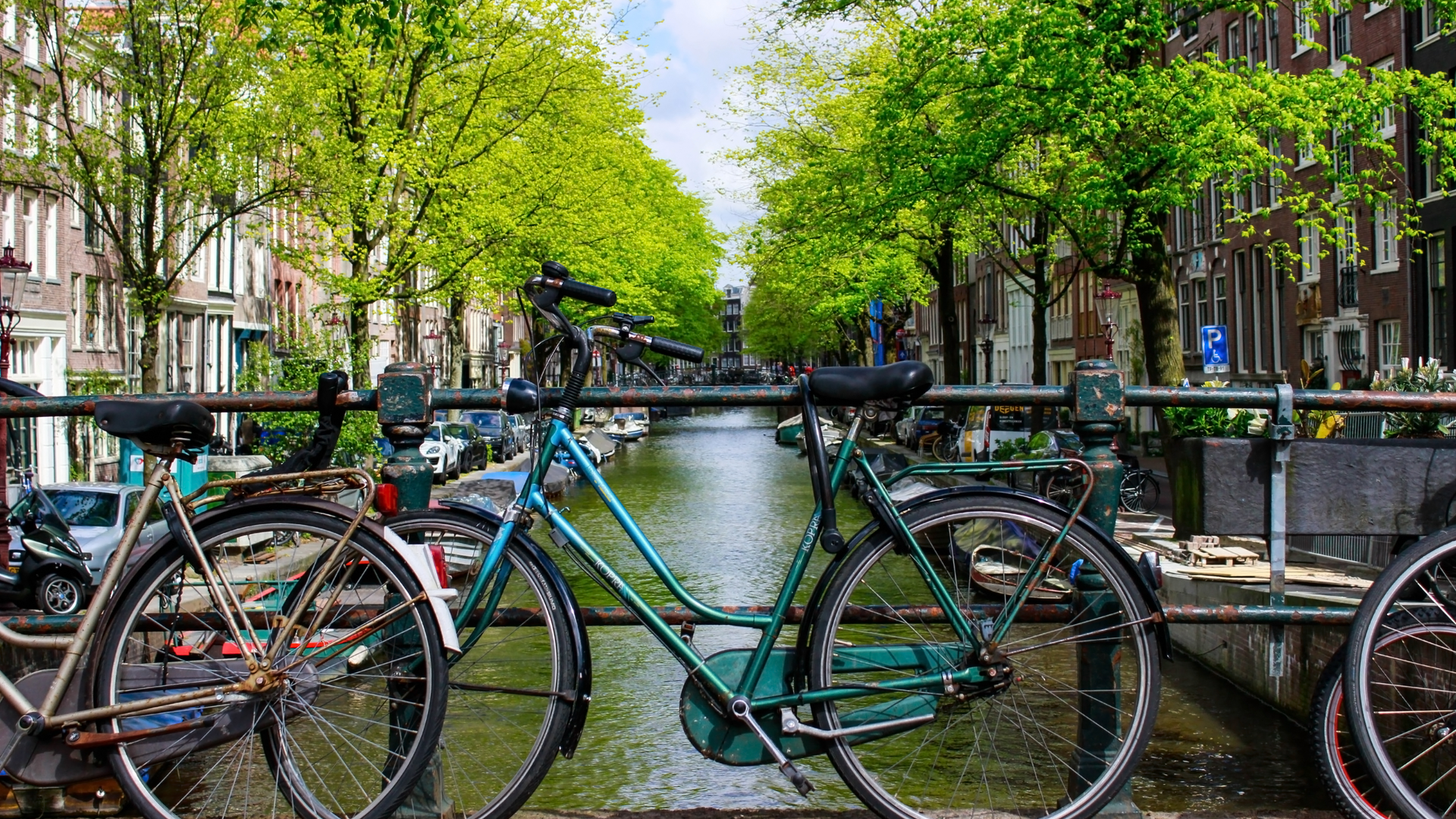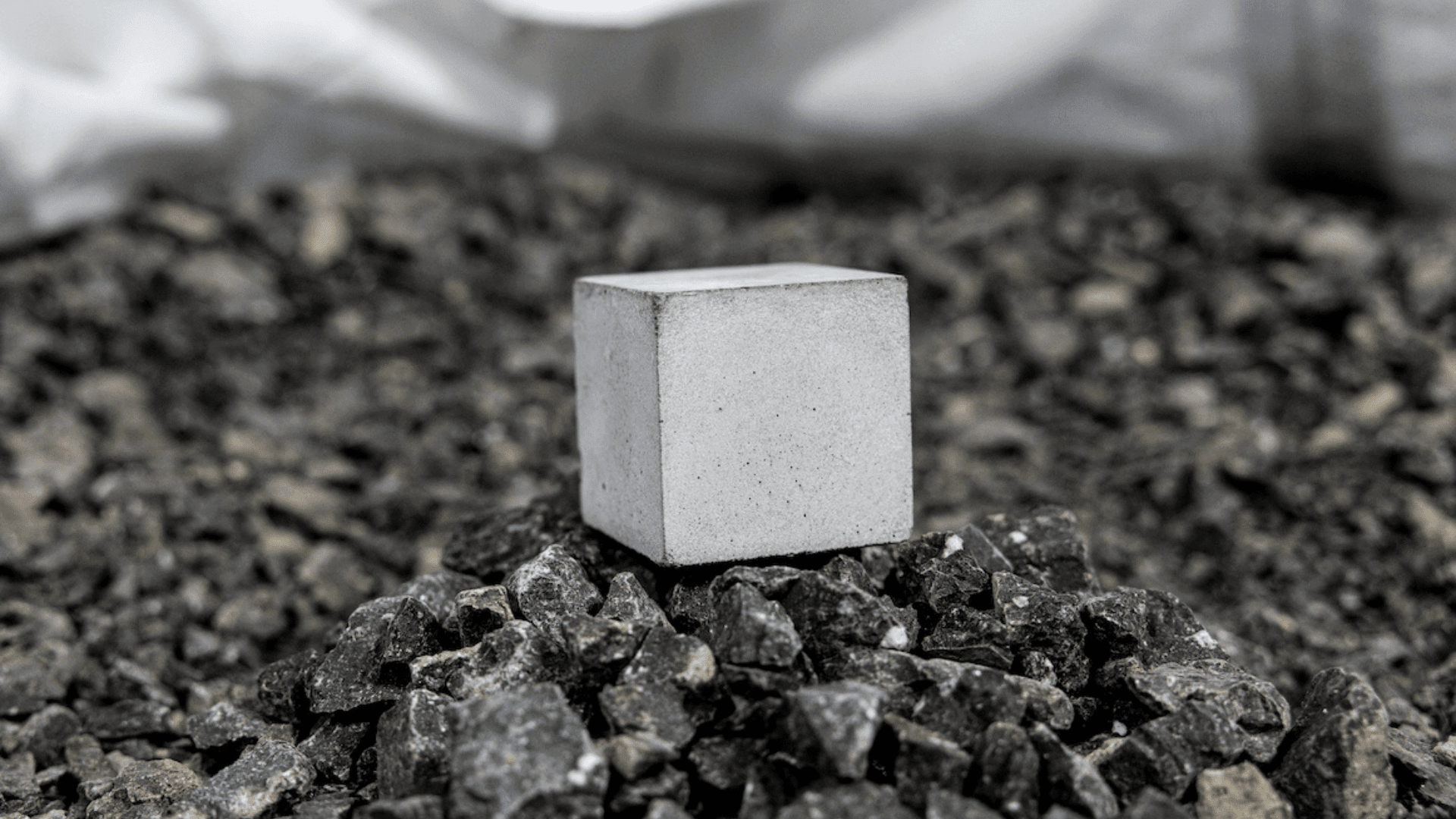A team of scientists from the Massachusetts Institute of Technology (MIT) discovered a way to transform the planet-warming emission— Carbon Dioxide (CO2)— into a powdery, harmless fuel that can be converted to clean energy.
A long process
It’s been almost a century in the making for researchers to find a way to convert CO2 into a clean, inexpensive fuel. The team of researchers at MIT turned the CO2 gas into a powder by exposing it to catalysts and then electrolysis.

The powder, sodium formate, is capable of being stored safely for decades.
“I think we have a big break here,” said Ju Li, an MIT professor leading the research team. “I could leave 10 tons of this stuff to my granddaughter for 50 years.”
Converting CO2
In the past, researchers found ways to convert CO2 into energy that was difficult to store for a long time.
MIT’s process is one step further to achieving an ambitious goal. They want to capture CO2 into a clean fuel that replaces conventional batteries and stores electricity for months or years.
Converting CO2 into clean energy proved to be an uphill battle. A study called CO2 a “notoriously inert molecule.” Another study said the invisible gas was more harmful to work with than researchers originally thought.
The research team at MIT traces the breakthrough back to November of 2022. Li met Dawei Xi, an undergraduate at China’s University of Science and Technology, at a conference in Boston. The two discussed how and if the conversion would work. Xi was skeptical that the conversion wouldn’t work and predicted it would create a fuel too acidic.
“We were arguing on basic electrochemistry,” said Li. “He provided much valuable guidance on how to do this.”
Xi joined the research team and Li added one of his graduate students Zhen Zhang. Afterward, the team identified the problem within a month which proved to be an efficient way to store CO2.
The CO2 transforms into a powder that resembles a product used for melting ice on highways and airports. According to Li, they stored this powder for over 2,000 hours with no signs of corrosion.
Moving forward
Li said, there are discussions between commercial companies interested in the MIT process. Li’s team is exploring ways for industries to use the process to meet carbon reduction goals. Last month, his team published a study outlining their efficient way of converting CO2 into clean energy.
Scaling up a laboratory solution into a commercial product is difficult, said Li.
“We will need space and money,” he said, “and that’s not easy to do in a university.”







